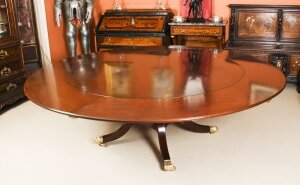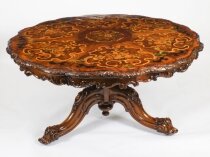Vintage 7ft4 " Diameter Jupe Dining Table by William Tillman 20th C


Ref:
A2909
Price:
£
0.00



